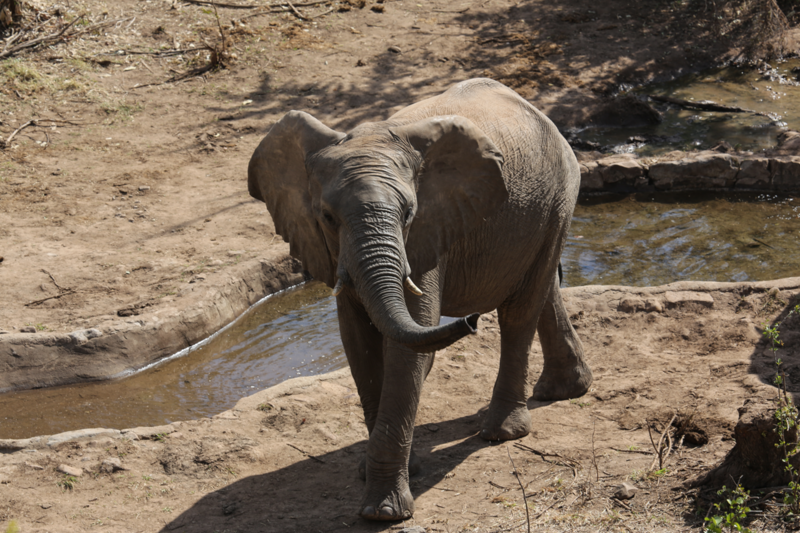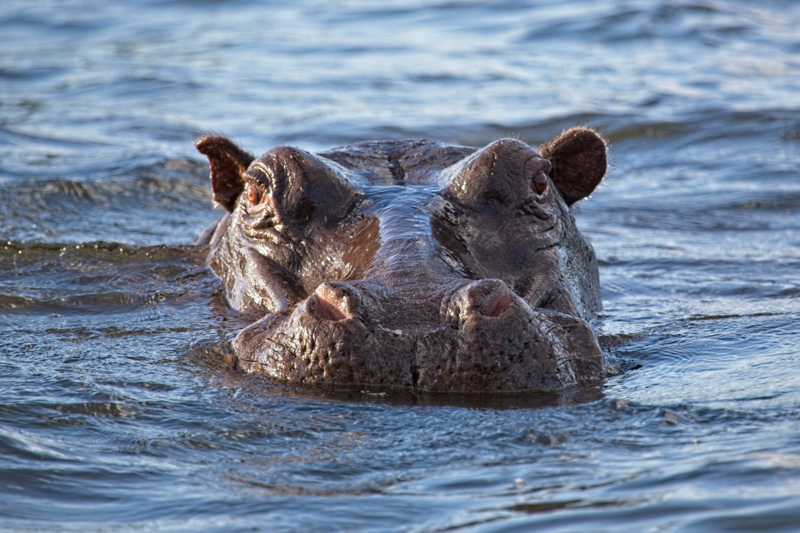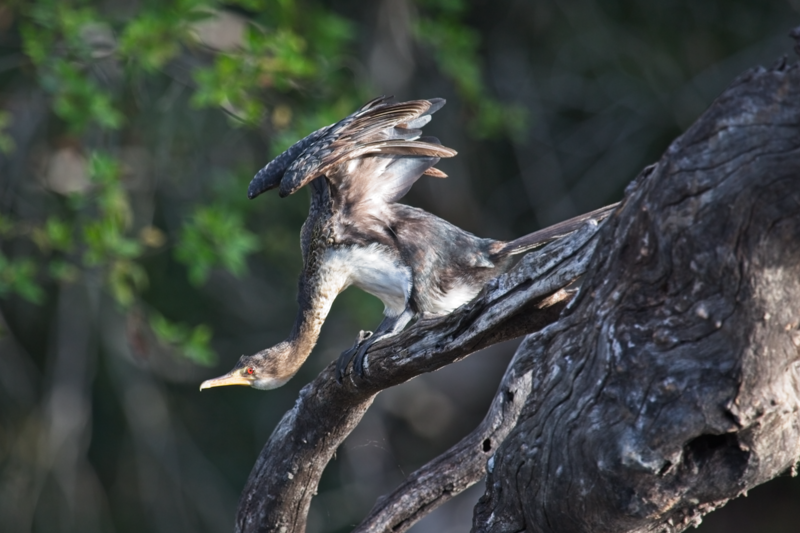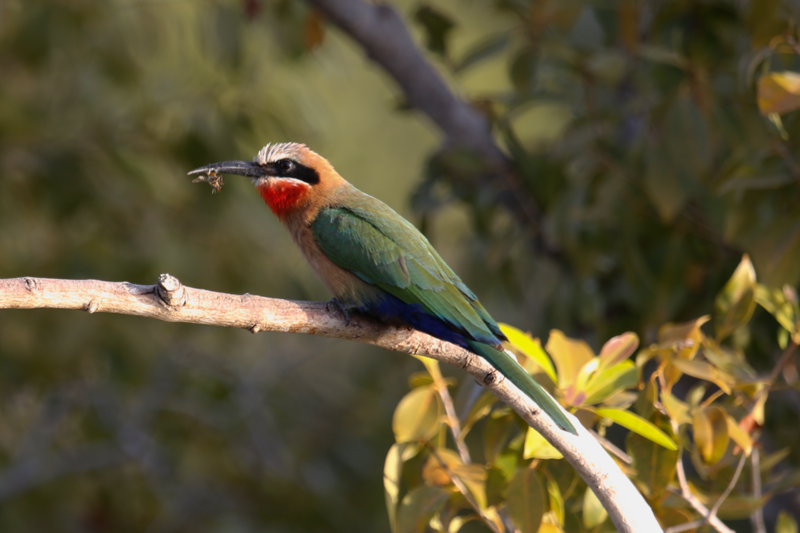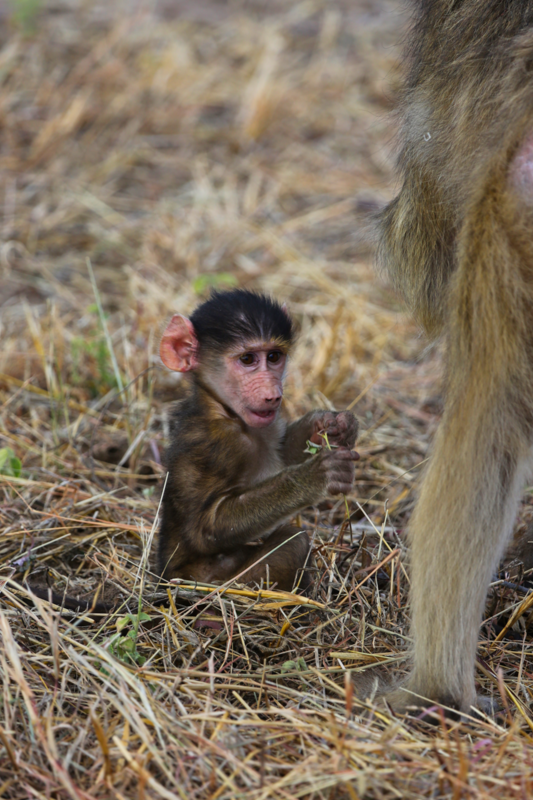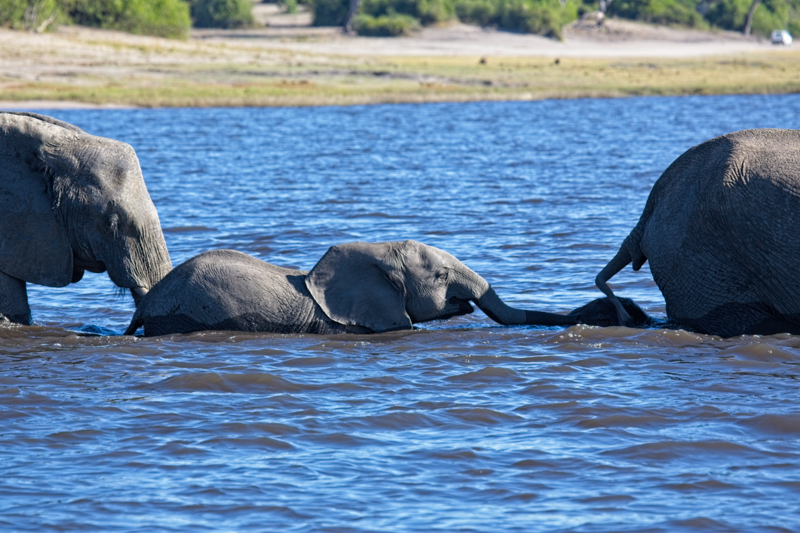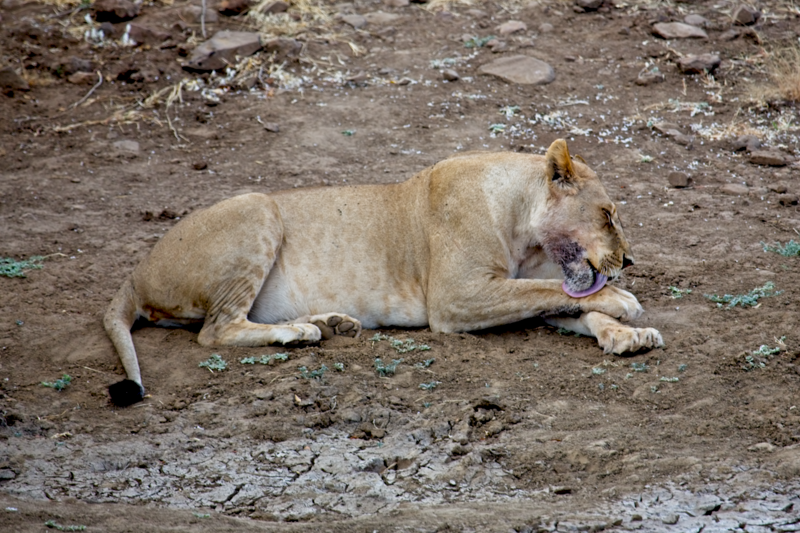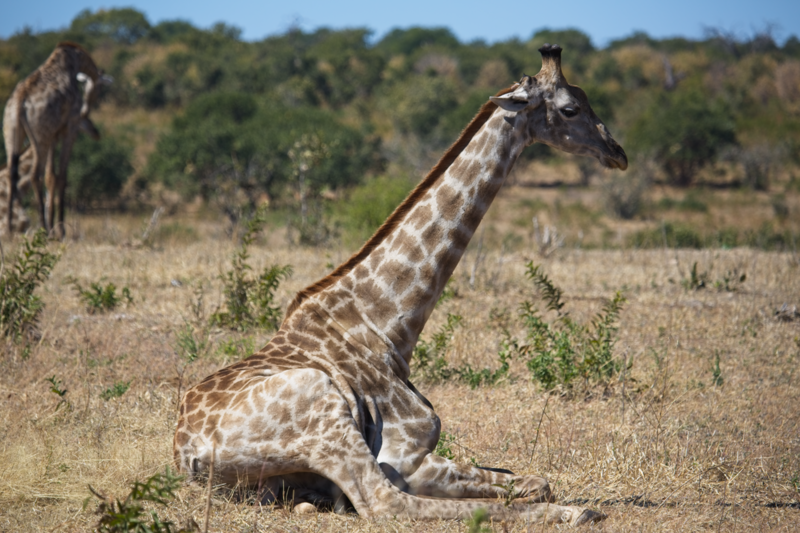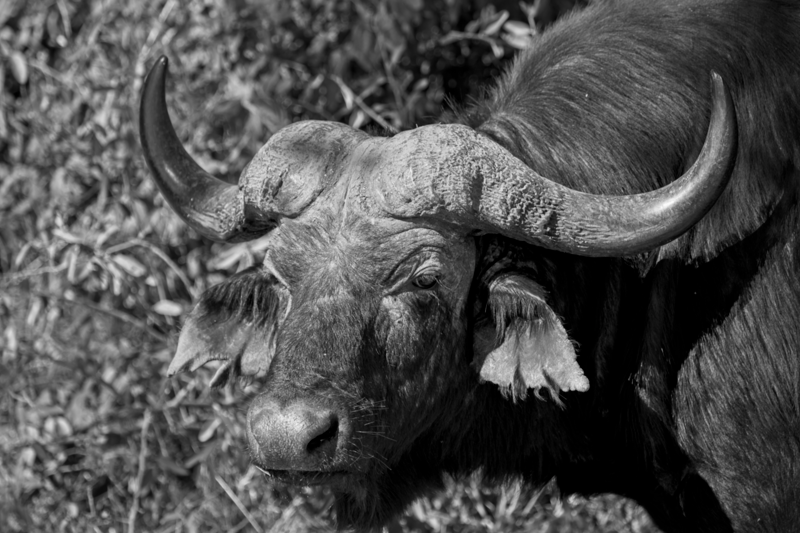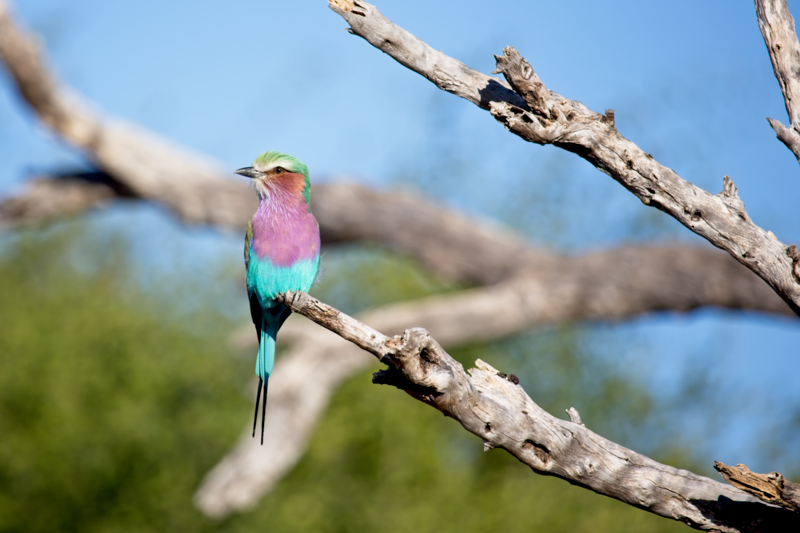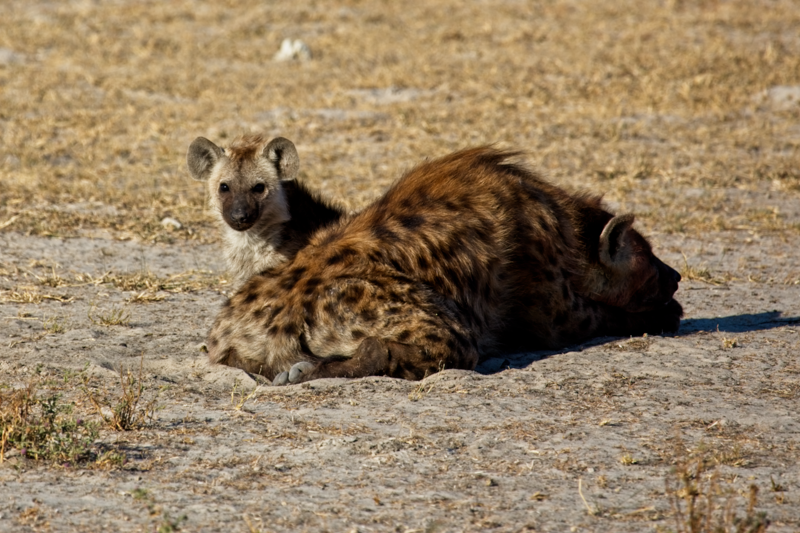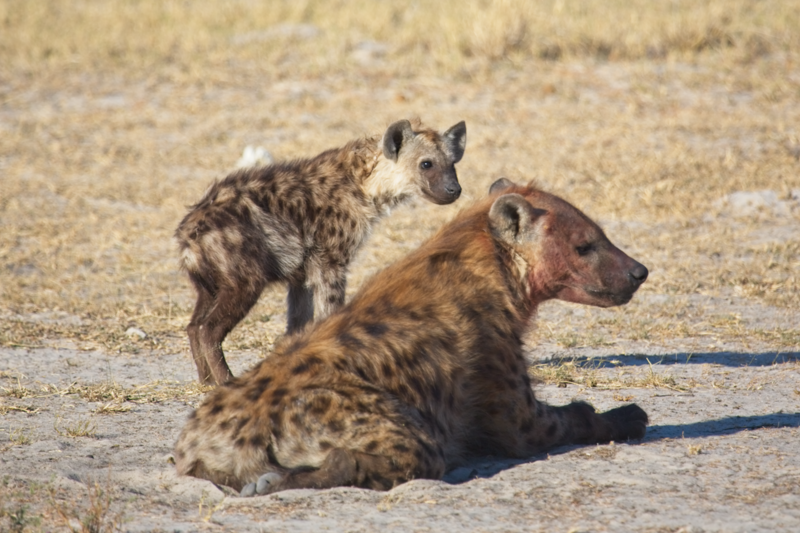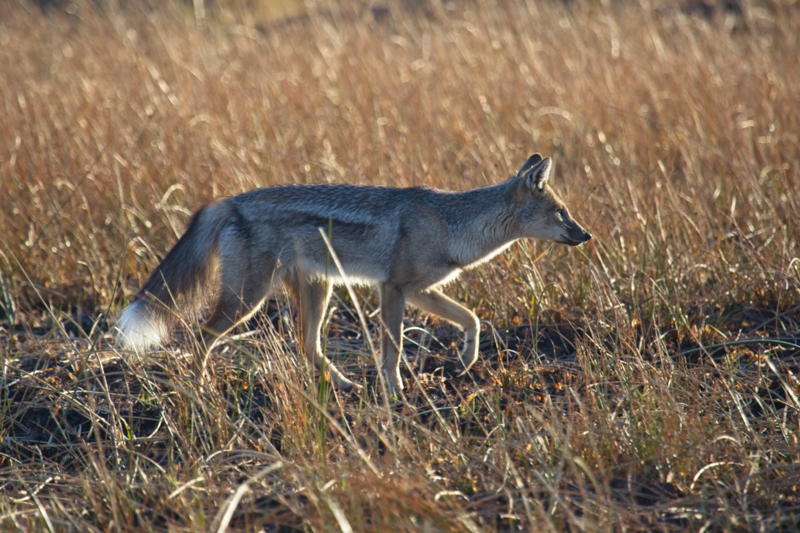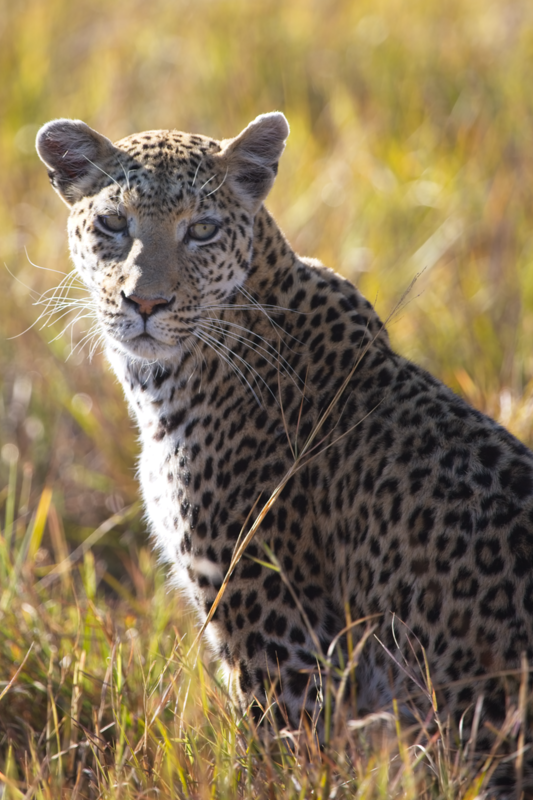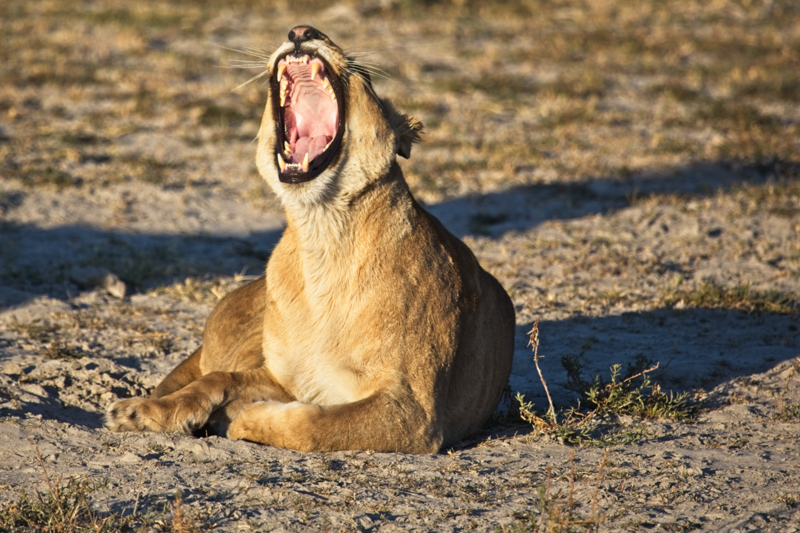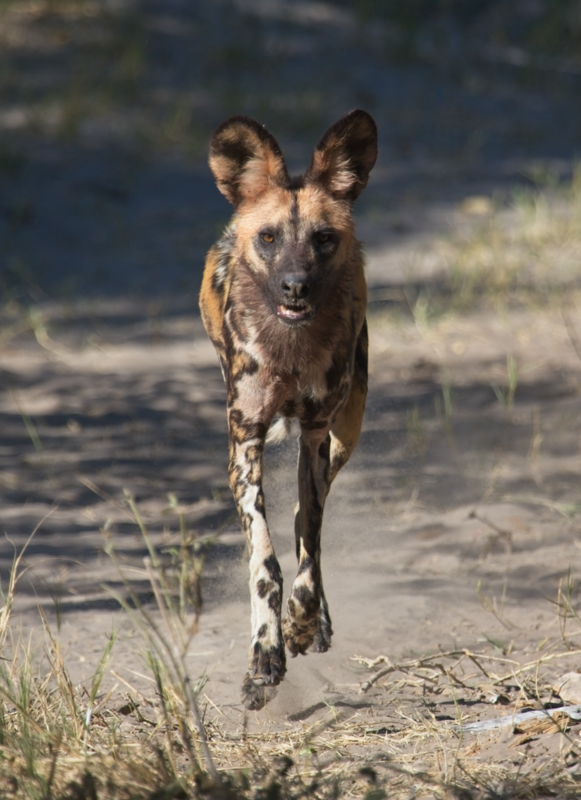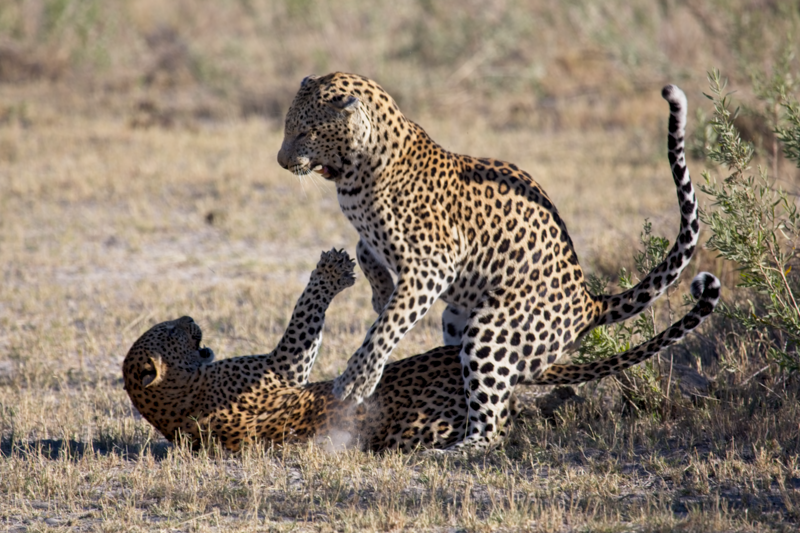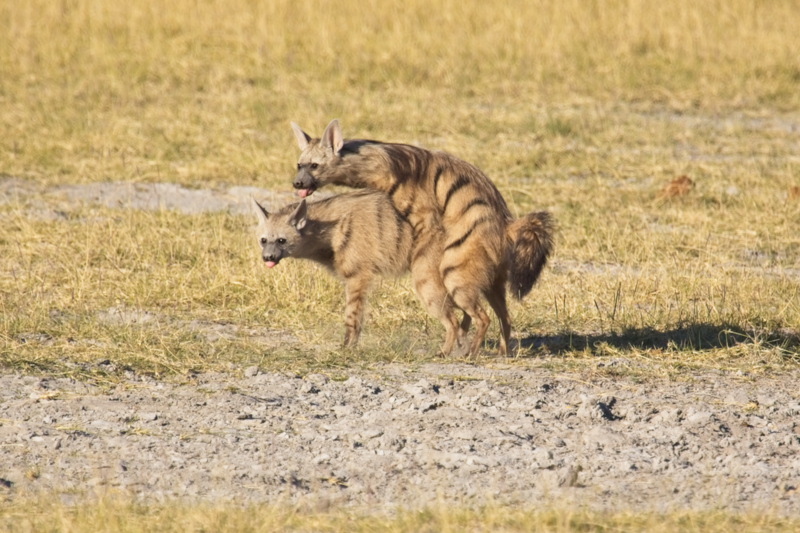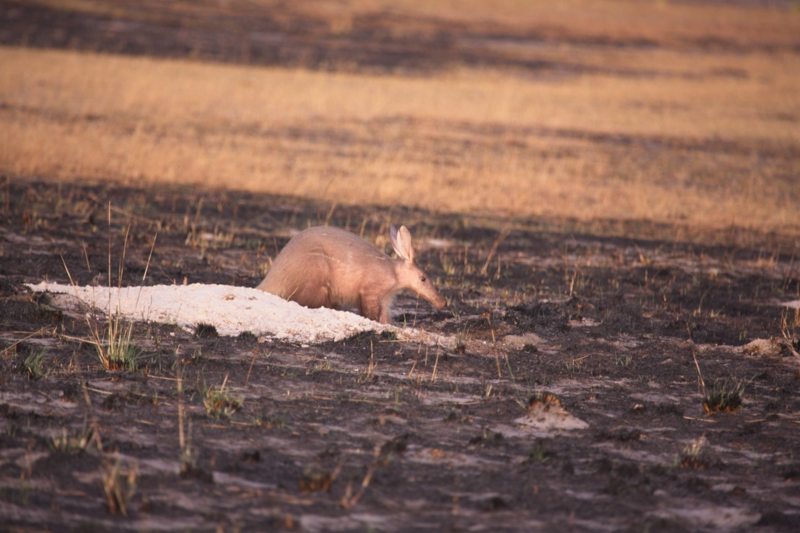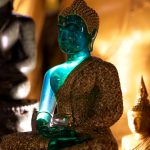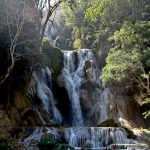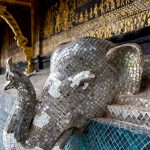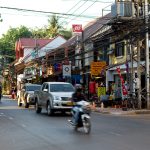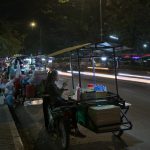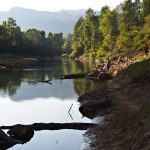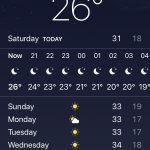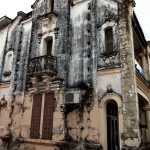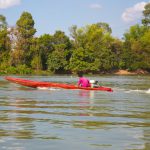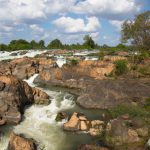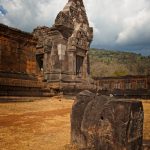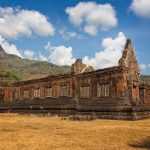I usually try to inject some humour into these write-ups – well the ones that survive me accidentally deleting them – and the source for that is invariably when things go wrong. Unfortunately, barring some bad luck with the weather, this was one of the smoothest long-haul trips we’ve ever had.
Prep
We had been told by our travel company that we should take large denomination US dollar bills for Argentina. Before we left, some half hearted research turned up a YouTube video from a couple who ‘travel professionally’, talking in rather breathless terms about the disasters they’d had, trying in vain to use their bank cards and lurching from one retail crisis to another. Ugh… It’s really not that complicated. Yes, you will need to change some currency; of course, you will get hit with a fee if you use an ATM; no, you probably don’t want to shop for a new pair of Nikes: they will have to come a long way, and there is significant inflationary pressure on the economy. Cash transactions were actually a lot less hassle than other places we’ve been (yes, Vietnam, we’re looking at you), and we generally paid by card anyway.
Packing was tricky as we had to cater for a substantial temperature range: the coldest it got down to in Patagonia was about 3C in very strong winds, whereas it was 32C at the last estancia an hour south of Buenos Aires. We picked up an excess weight charge on the flight to Patagonia. For our cases, I hasten to add, although with the amount we ate on this holiday… The limit was 15kg (compared to 23kg for the flight from London). They will give you some latitude if you’re only a kilo or so over: we managed to balance out the content of our cases reasonably well for the flight back.
We were recommended to get yellow fever jabs for our short stay in Brazil – unnecessarily, according to our guide there. He also told us that our ‘jungle formula’ bug spray wouldn’t be any use. He was right: we got absolutely eaten alive.
Our research suggested that we would need US style plug converters for Brazil, and European for Argentina. The reality was that it was different type of wall socket in every hotel we stayed in, and in one place we were sharing the one accessible socket between us.
Camera wise, I took my now 12 year old Canon 5D MKII, a long lens (100-400mm) and the extender for what turned out to be a thoroughly condor free holiday. (I’m of an age where the word ‘condor’ doesn’t make me immediately think of the large vulture, but pipe tobacco.) My new Pixel 10 Pro got a good workout. The video I shot with it was a bit meh: I could have made a few adjustments (frame rate etc), but the file sizes were correspondingly increasing to a point where I actually thought I might run out of room on it. I was thoroughly impressed with the stills it took, particularly in low light. Any photos below are from my phone, unless I’ve included the exposure settings.
Iguazu Falls
When we landed in Sao Paolo, we had a 3 hour layover. Well, on paper: we were running late, and had to get / recheck our luggage. In a shocking turn of events, we had to do some actual running (luckily this was before we started bulk loading on empanadas), and then flew to Iguazu Falls airport. We had 2 nights in what was the swankiest accommodation of the trip, the Belmond hotel. It was rather nice – and rather expensive. A little bit stuffy for our taste, if I’m being honest, although that’s a reflection on us rather than the staff who were universally friendly. We like to be able to rock up to a hotel and not feel self-conscious when we have just unfurled ourselves from a cattle-class seat in questionable trousers.
Its location, inside the Iguazu national park is what it’s all about. There is a 2km walk that you pick up from right outside. The one path that was open (there was a pretty spectacular electrical storm on our first night, and a couple of sections were blocked with fallen branches) took us all the way out to a platform over the water. It’s quite overpowering on first encounter.
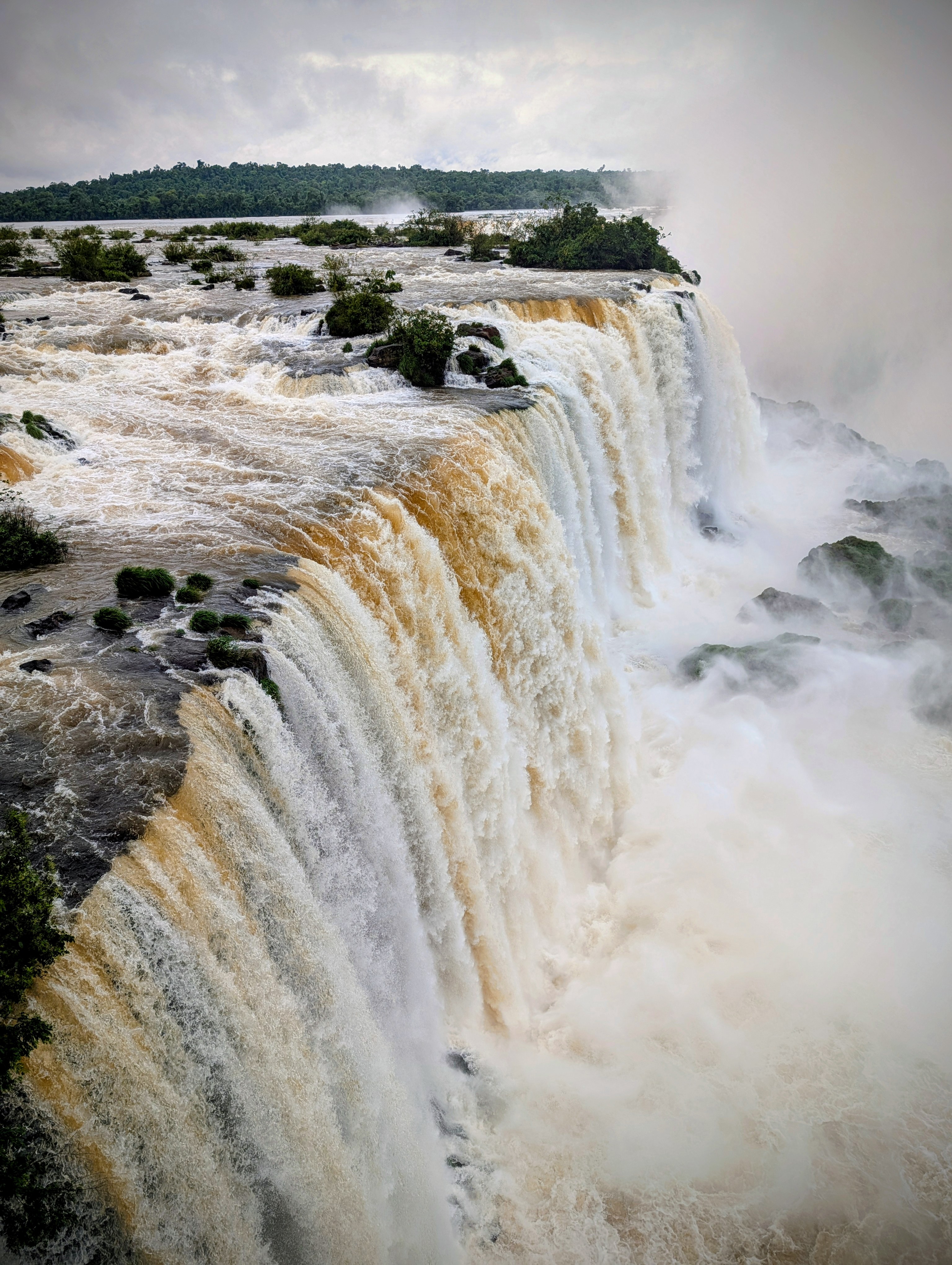
The hotel had a couple of nice touches, including free bike hire. The ‘what to do if you see a puma’ (we didn’t) signs on the pathway were a little disconcerting. One minor downside: we had an idle day at the pool, and the helicopters buzzing overhead going on sightseeing tours was pretty constant. Strictly filed under ‘first world problems’. It’s a lovely spot.
Our next stop proved to be a minor error in judgment. We had a drive to the Argentinian side of the falls. Our error was that after what was a pretty hot and sweaty hike – it was about 4km – we were going straight to the airport. We managed to straighten ourselves up a little before we left the park. Still, I’d like to apologise to the person who had to sit next to me on the plane (my wife).
But the views were absolutely stunning.
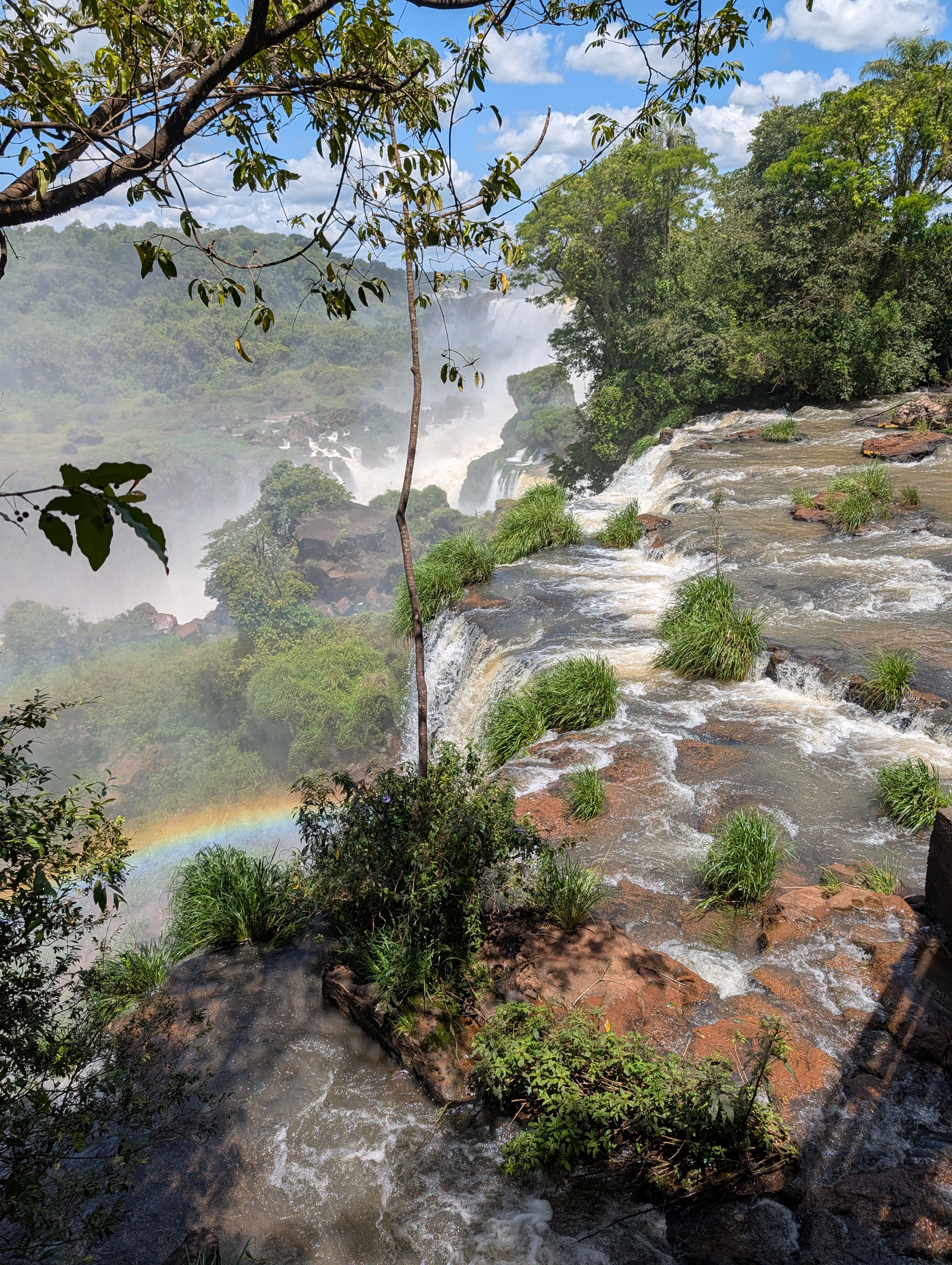

Buenos Aires
All of the internal flights were super-efficient. In both of the countries there was a similar ‘zonal’ boarding process, with the people at the back going first. The degree to which this was indicated (at least to non-native language speakers) at the gate varied wildly, as did the integrity of the respective queues. We invariably ended up boarding later than we were supposed to: it didn’t really matter as we weren’t in a Ryanair style foot race to try to get overhead storage.
The hotel we were staying – The Nuss in Palermo – was quite a change after the Belmond. The fittings in the room were a bit dated, and there was a severe lack of usable power outlets. But the bed was fabulously comfortable, and they’d upgraded us to a suite. It was in a really great location: Soho in Palermo.
We had a half day food tour with a guide, which was really good fun. I shudder to think how many empanadas I ate over the two weeks. The fugazza-style cheese and onion pizza: I’m glad I tried it (in a traditional eatery in la Boca) but it’s pretty full on. It’s more mozzarella than you should digest over the course of a year.
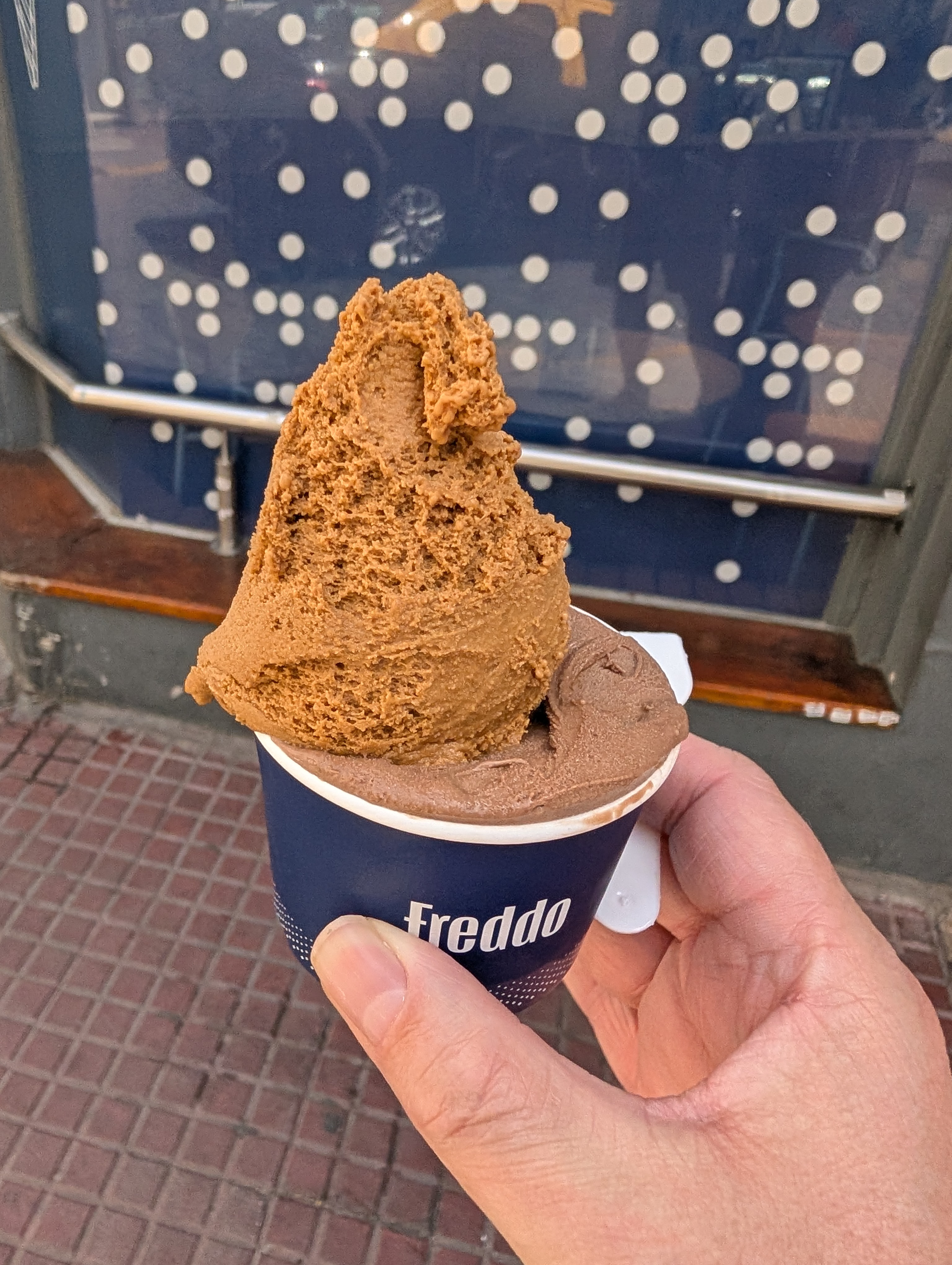
We really enjoyed ambling around Soho: lots of bars and restaurants. Buenos Aires is fantastic – like a European capital, only with better town planning. We had 3 nights there, but unfortunately our last day was cut short by the weather. It rained spectacularly. We did manage to squeeze in a trip to the Recolata graveyard.
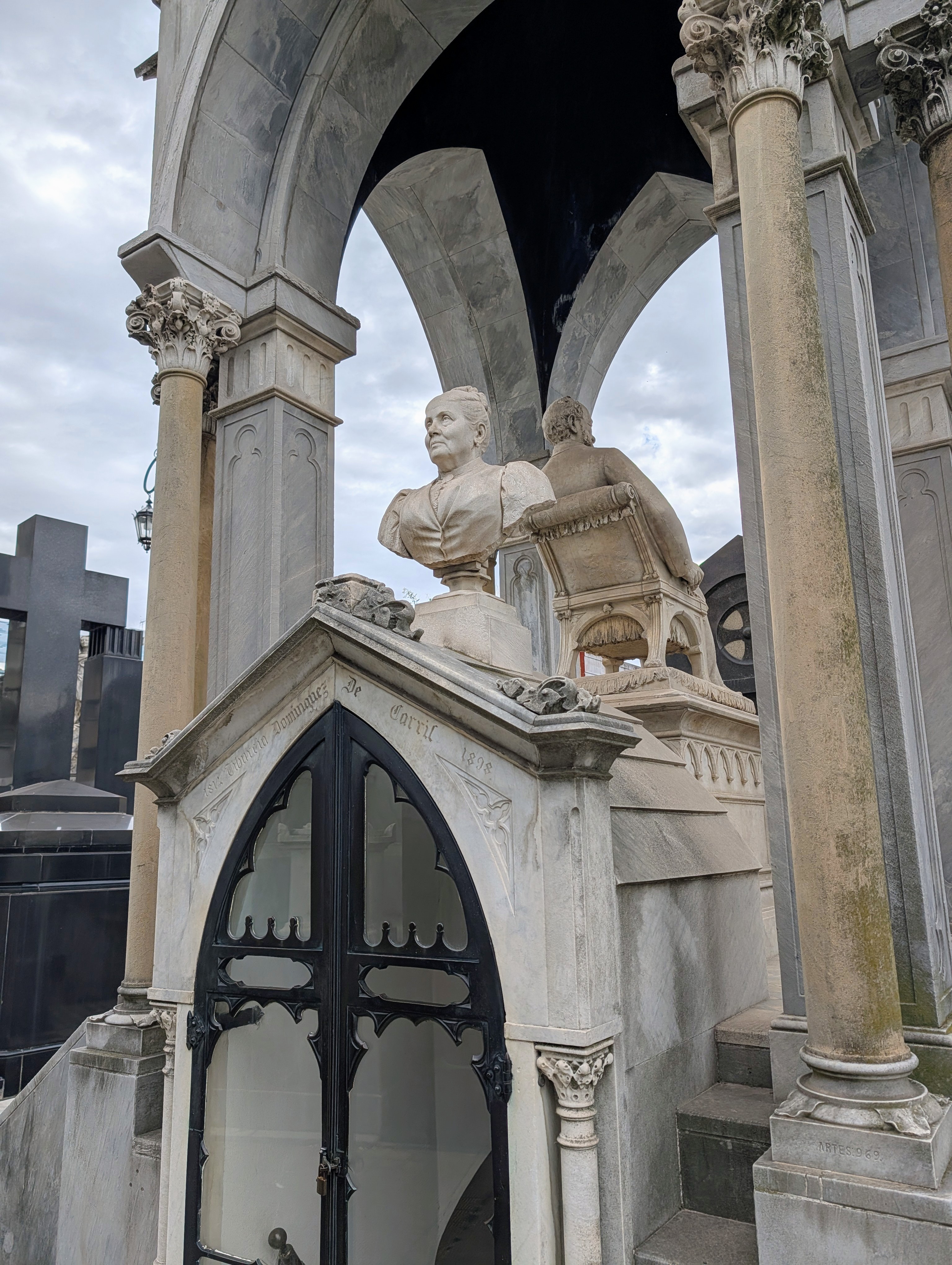
Patagonia
Next up was a 3 hour flight to El Calafate. We were really struck by the change in terrain on the drive into town from the airport, passing through what our guide later described as steppe: borderline desert and very few trees, we both thought it bore a similarity to some of the terrain we covered in Iceland. Though to be fair we were shattered and it was quite late.
El Calafate has a slightly Wild West feel to it. It’s a perfectly pleasant town that has expanded exclusively to serve tourism: plenty of places to eat and drink, and not a lot else.
We stayed in a hotel called the Patagonian Queen: very friendly and top marks for having sensibly located and abundant power outlets (yes, this was a running theme). The manager put on quite the show making cocktails served on glacier ice.
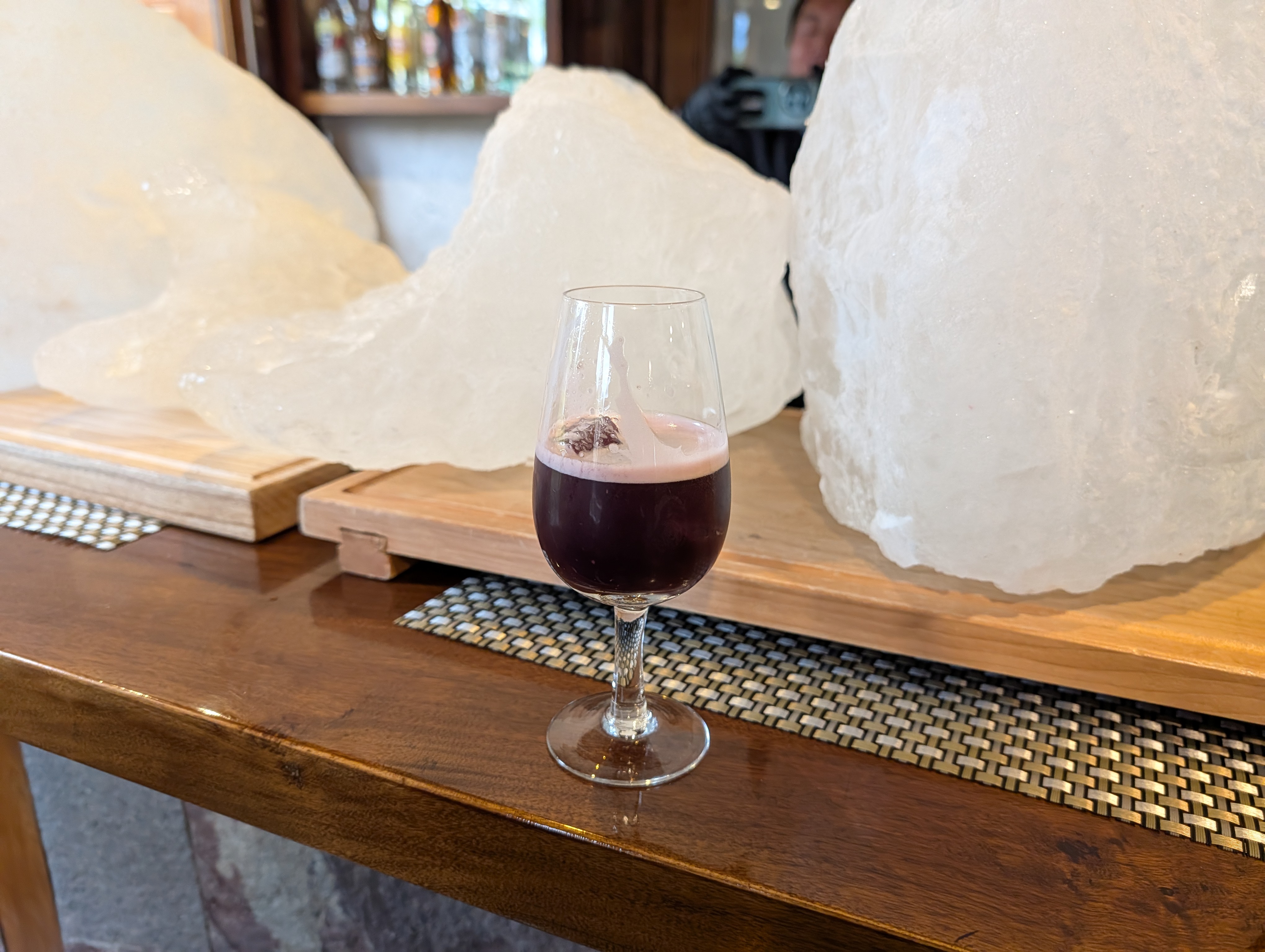
We had a couple of tours, starting with a drive to see the Perito Moreno glacier. It’s absolutely stunning: a first for both of us to be as close to one (our only other experience being a vague white line on the horizon in Iceland). We didn’t have much luck with seeing any ice ‘calving’ – pretty much every time we turned our backs, something happened.

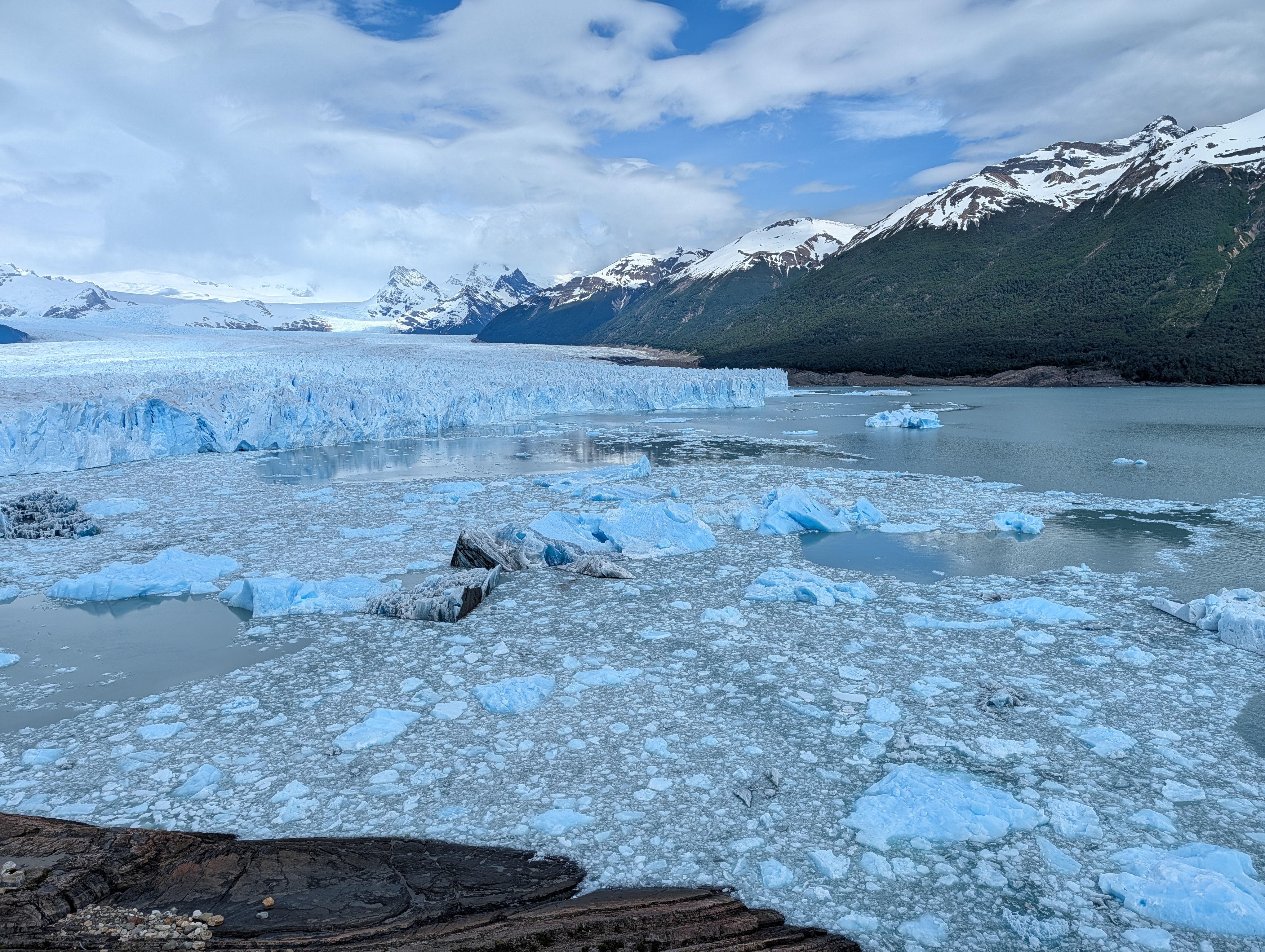
Our second tour was a drive of about an hour to a boat at Puerto Bandera. It was extremely windy, and there was quite a chop at the start of the trip. We went up the Upsala channel past some very impressive icebergs (a first), to a rather isolated ranch called Estancia Christina. We transferred to a small truck for a very bumpy 45 minute drive up to a viewing point. There was a group of serious hikers who did it on foot. It would have been pretty hard work: I think it was something like about 8km, and none of it easy. The viewpoint was absolutely spectacular.
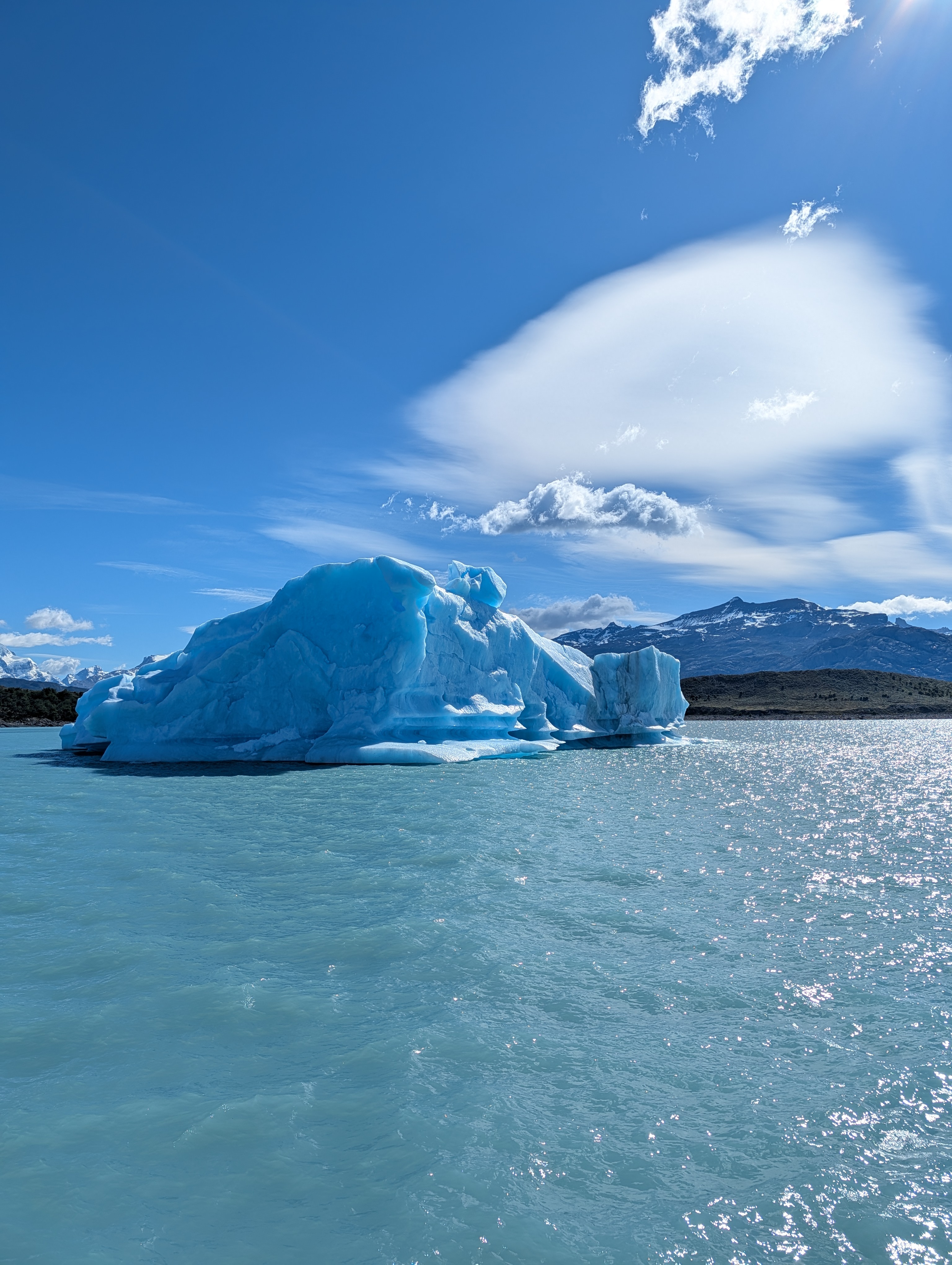
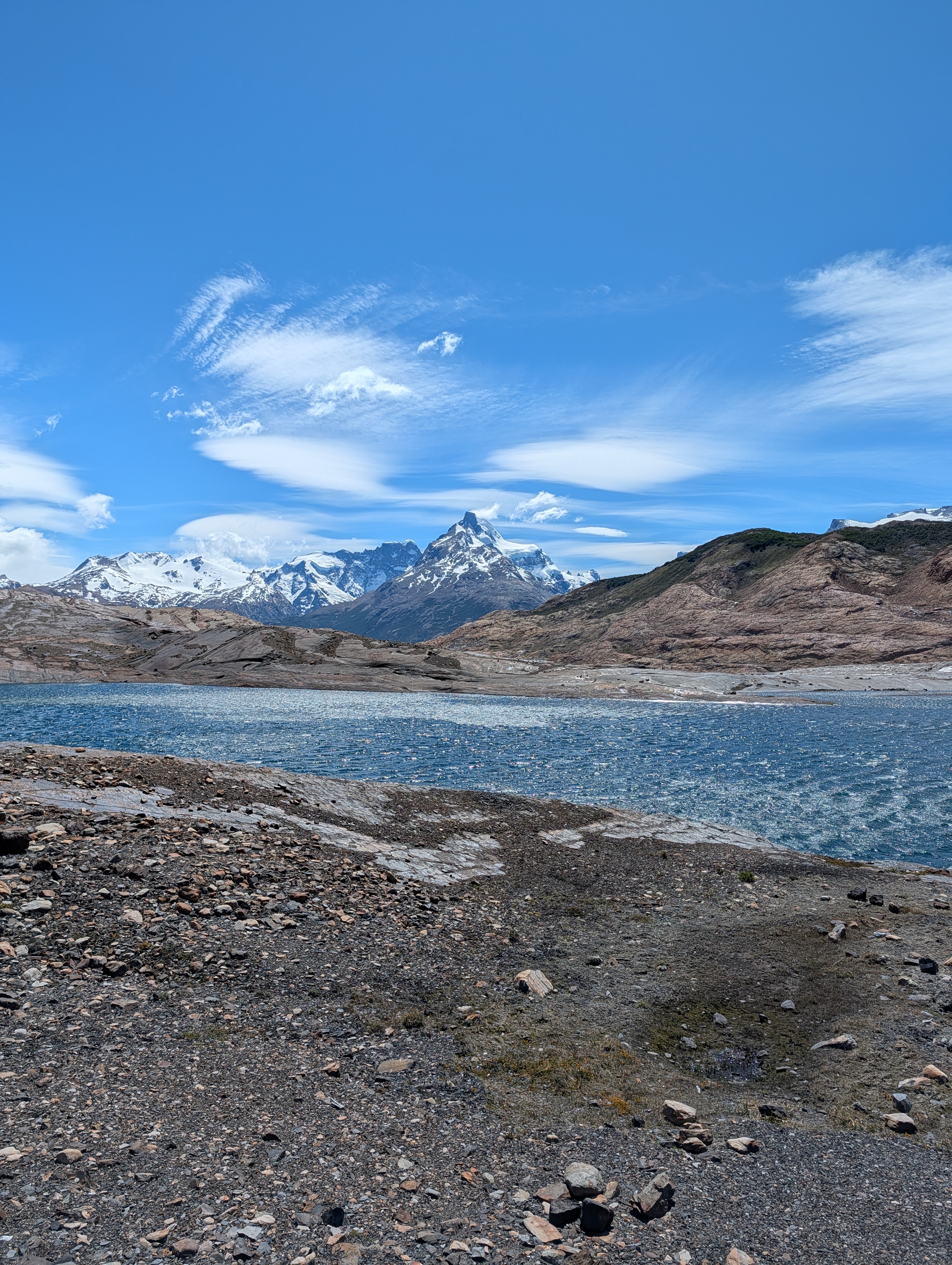
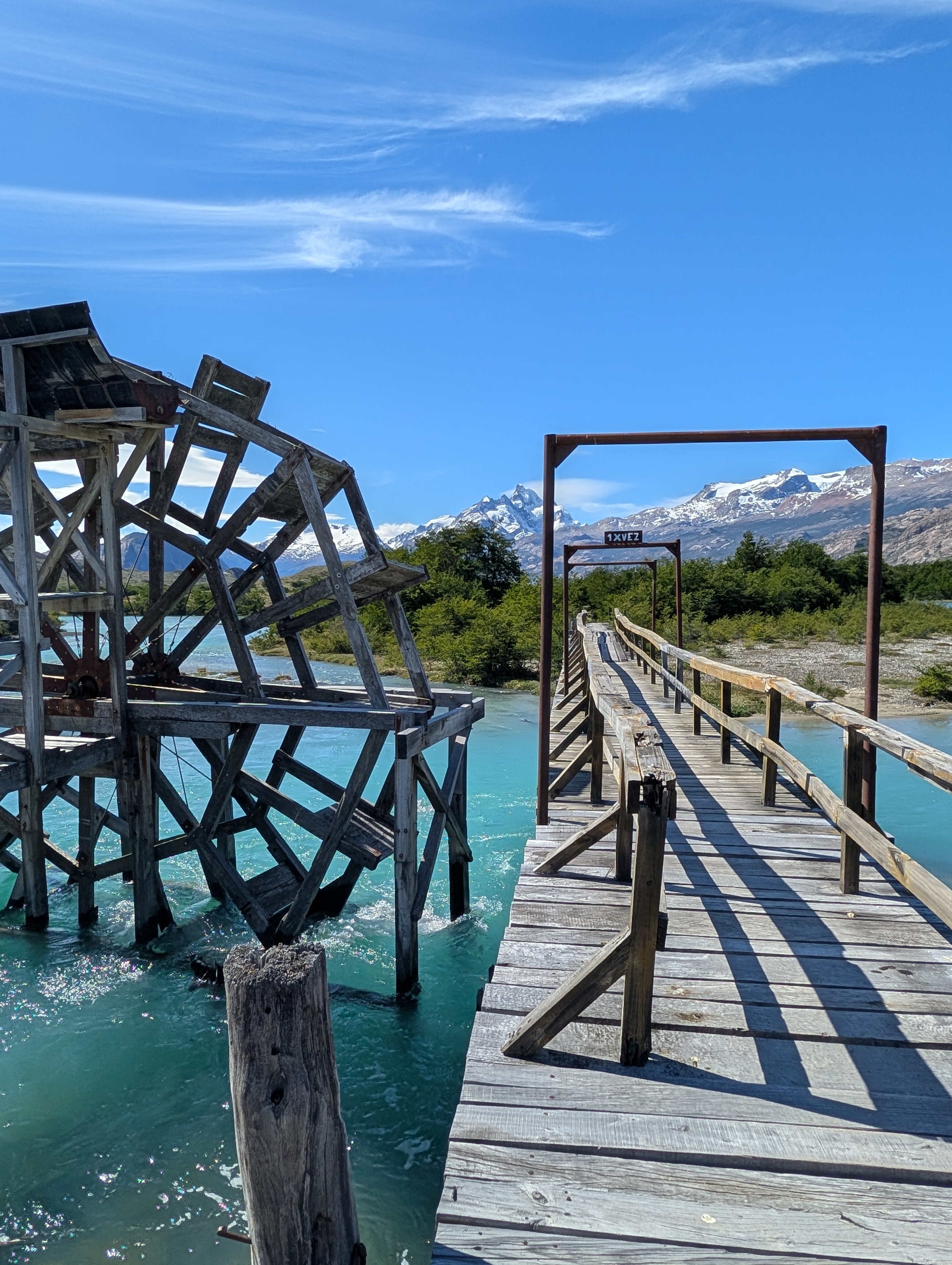
While we were only walking around the viewpoint for about an hour, we needed our cold weather gear. It was windy rather than bitterly cold: so windy that it was pretty difficult to stand upright in parts.
It has to be said that the late lunch that was waiting for us at the Estancia was fantastic. The portions were absolutely enormous.
Estancia la Bandada
After 3 nights in Patagonia, we flew back to an airport south of Buenos Aires, and then had a one hour drive to our last stop, the Estancia Bandada. It was our favourite: our room was enormous, the food – and there was a lot of it – was fantastic, and the setting was out of this world.
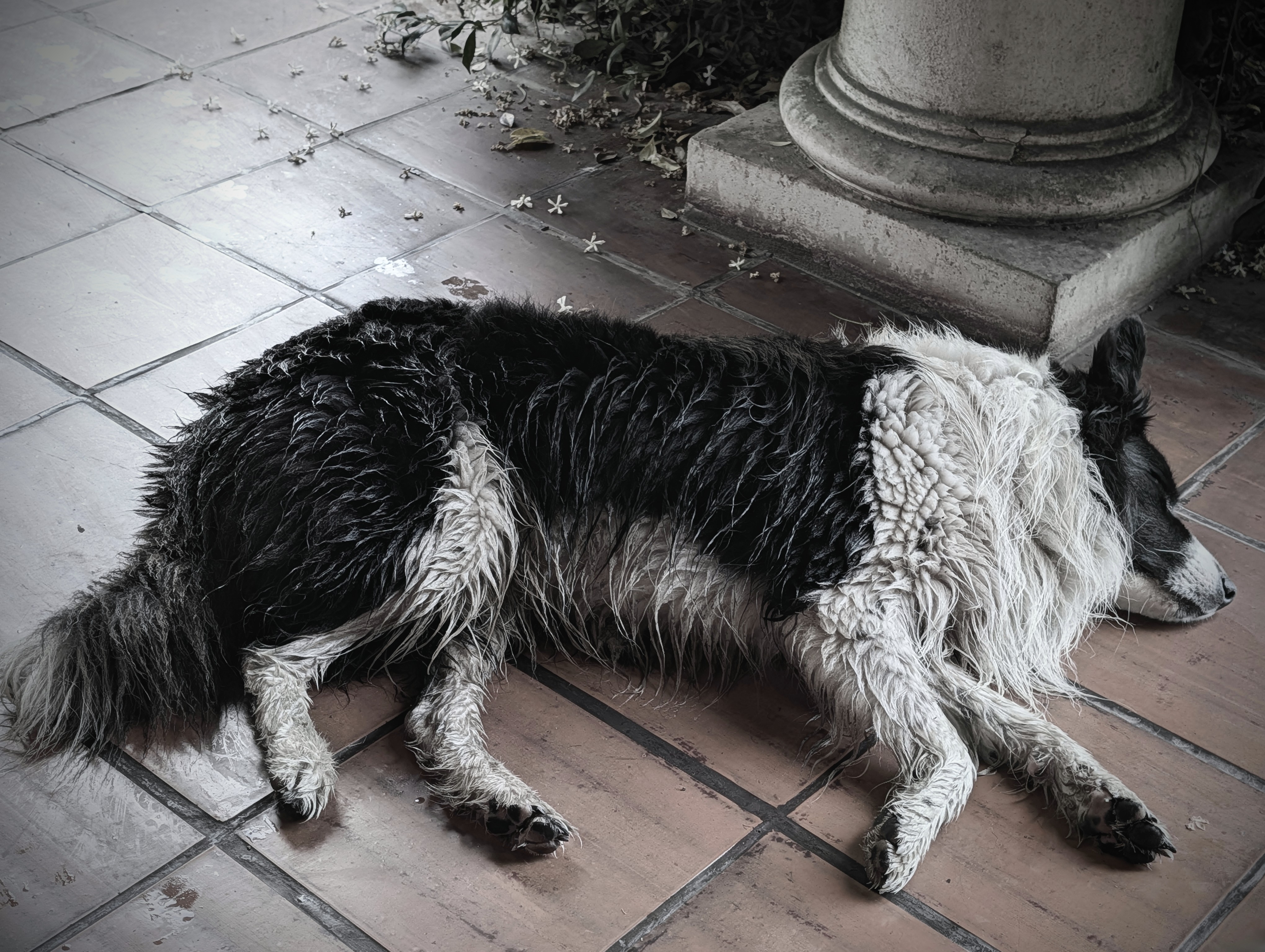
One of our favourite parts of our time there were a couple of dogs who have the life of it on the ranch: moving from one group to the other and getting lavished with attention. This is how one of them looked after jumping into a pond and curtailing what may be my only ever encounter with capybara. He was quicker off the mark than I was so I didn’t manage to get it on camera.
There are plenty of activities: I had an early morning birding walk (see above); we also went horse-riding. I’d like to formally apologise to Larry, who was my mount for the afternoon. We had to be led like children and, even with that, I have to say that I took to it the same way I did to golf the first time I tried it. I am never going to be any good at it – ever – and while I enjoyed it, I’d quite happily never do it again.
The property is big enough that you can also just take yourself off for a walk. And I did ask: there are no dangerous animals of the zero-, four- or eight legged varieties.
I quite like the motion blur effect on the Pixel. Counter-intuitively, you keep the camera still:
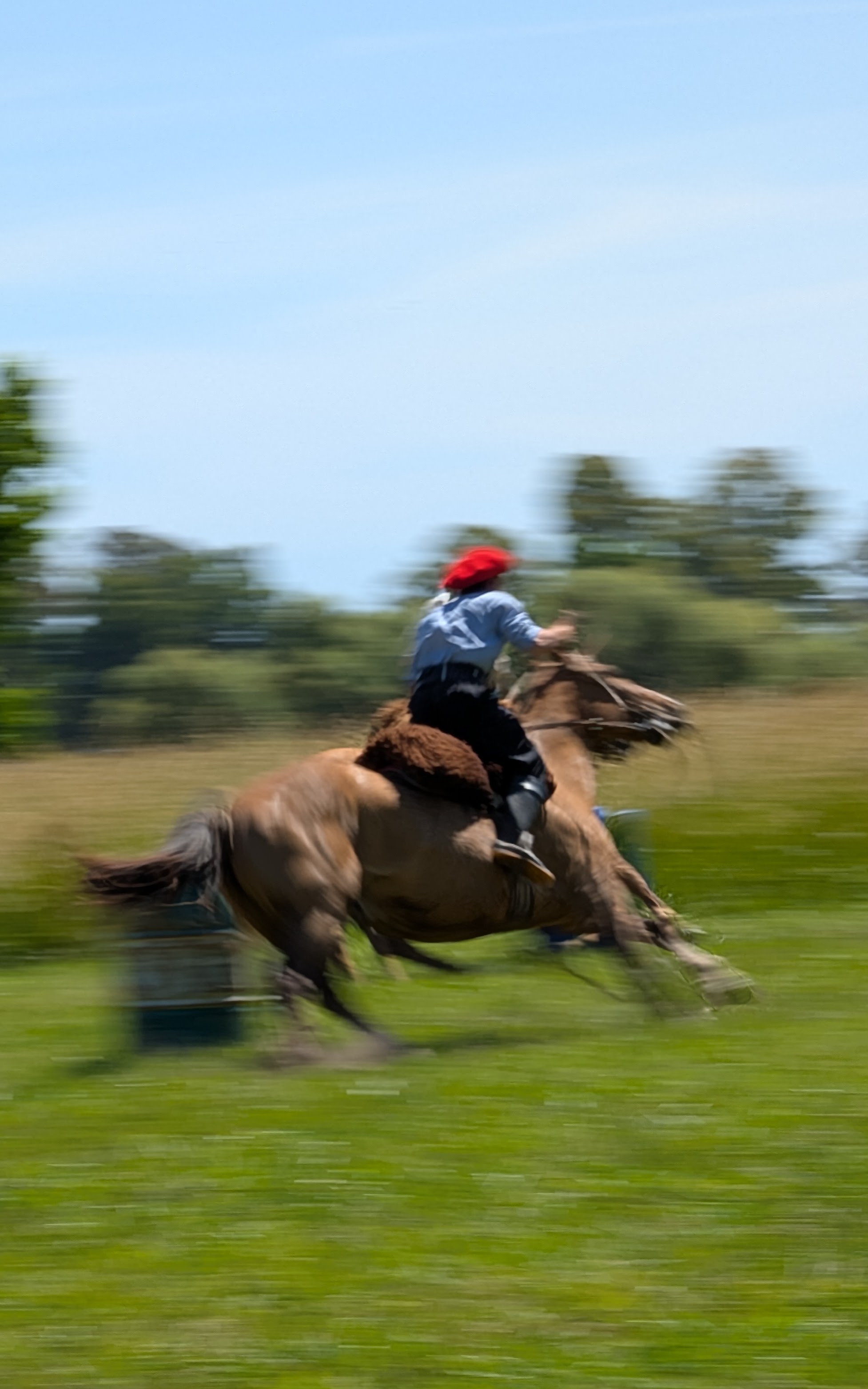
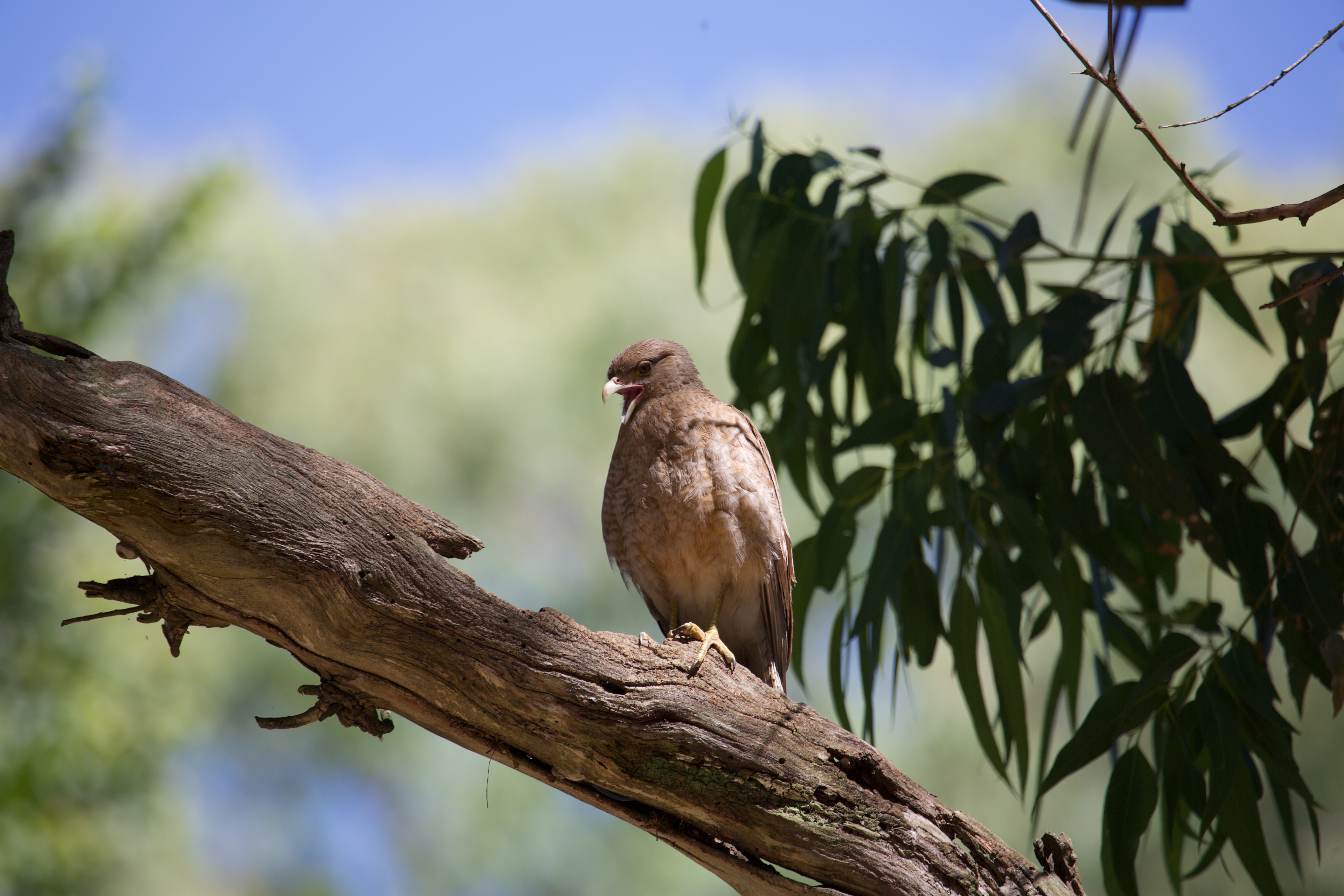
I spent hours trying to get a decent shot of hummingbird. They are very tricky, as I discovered trying to do the same in Cuba. I think this species is related:
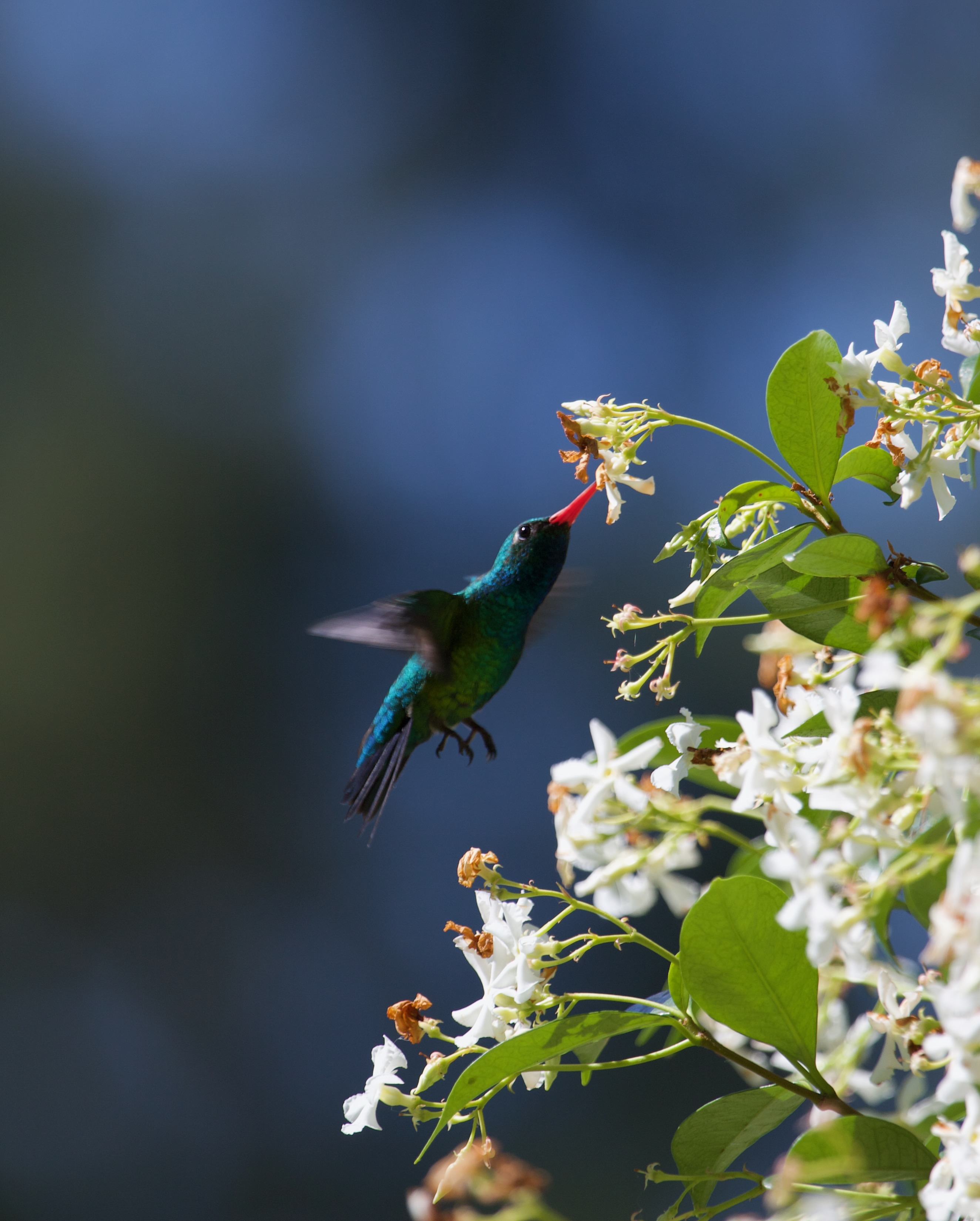
The focus isn’t great, but I ran out of time.
Final thoughts
So that was it: we had 3 nights at the estancia, then an hour to the airport, and a very long journey home. The flight included a ‘technical stop’ for an hour and a half in Rio. That meant 15 hours on the plane. Shattered doesn’t begin to cover it.
It was our first time in South America and we absolutely loved it. It was – well, via some rather arbitrary rules of our own devising – a lovely way of hitting the landmark of our 50th and 51st countries visited. We were gutted not to get the chance to see more of Buenos Aires. It is a fantastic city. I’m sure they are geared up for all sorts of dietary convictions, but it is a carnivore’s paradise. Would we go back again? In a heartbeat. We have also just scratched the surface with Brazil.


